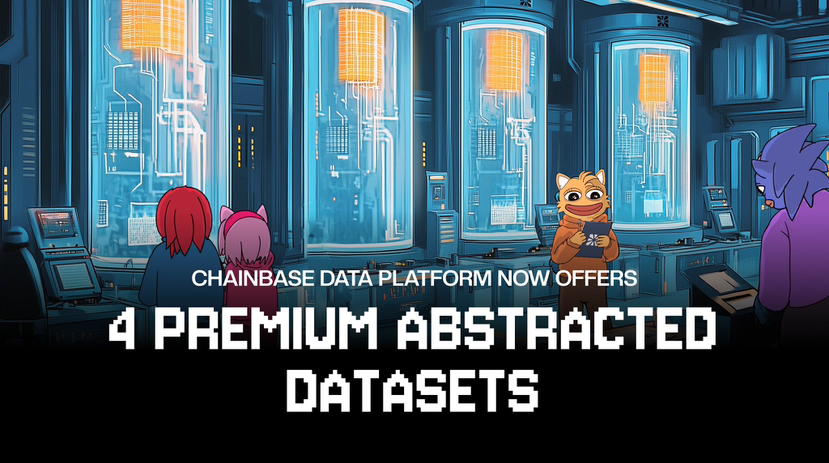Blockchain data in AI scenarios faces two hurdles: fragmentation and unpredictable latency/quality. Chainbase provides an engineering solution at the architectural level: dual-chain technology route + data cloud. Official materials position it as an 'interoperable data layer designed for the AI era', proposing that the consensus chain provides security while the data chain offers high-throughput data processing capabilities; the two have clear divisions of labor, with the former responsible for finality and security, and the latter for high-frequency data orchestration and combinable cataloging; ultimately, the data cloud exposes structured results that can be consumed by models/applications. This pathway secures the 'clean data AI needs' from the source—not just simply throwing raw blockchain logs to the model, but first completing normalization and caliber unification, then exposing it at the SQL layer to the upstream.
Why is 'structured + timeliness' so critical for AI? RAG/retrieval-augmented and agent decision-making not only require text but also verifiable fact tables, the latest states, and consistent field meanings. Chainbase emphasizes on the CMC technical interpretation page and Binance Research's project page 'turning fragmented on-chain data into a structured format consumable by AI and dApps', 'querying, staking, and governance driven by tokens', and describes the throughput and low latency brought by the separation of consensus and data processing. For applications that need to feed transactions, positions, interaction paths, and prices simultaneously into the model, such a 'pre-normalized upstream' data source can significantly reduce engineering noise beyond prompt engineering.
The token as an 'access and security chip' is another linkage. The C token is explicitly defined in multiple documents as having three roles: access currency (data/API settlement), security mechanism (staking and accountability of nodes/networks), and governance (collaboration on protocol parameters and fees). As the demand for AI/analytical applications increases, the demand for tokens becomes economically tied to the network's security budget, which is closer to a crypto-native coordination model than the 'simple sale of API keys'.
At the application layer, the closed loop from 'graph' to 'action' is also easier to run: on one end, the SQL API/Stream pushes the latest changes to the agents, and on the other end, the model triggers on-chain execution based on structured facts (notifications/rebalancing/risk control/trading), with no need for additional data assembly in between. With the explosion of L2/L3, these 'data-centric applications' will only increase.
AI needs not only large models but also a 'trustworthy, unified, and timely' data foundation. Dual-chain + data cloud + unified models make Chainbase more like a 'fact layer supply station'. When the token connects access and security budgets, the growing value is also more easily deposited within the network rather than on edge gateways.
@Chainbase Official #Chainbase $C
